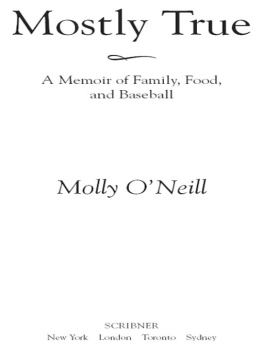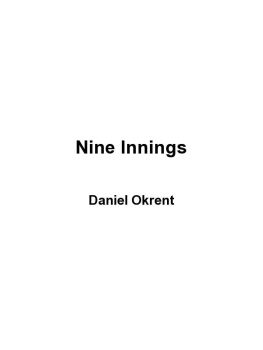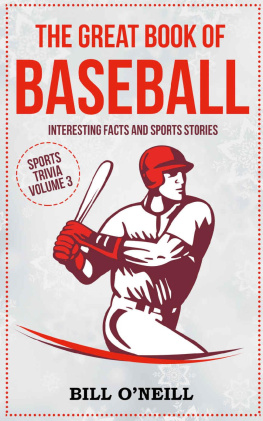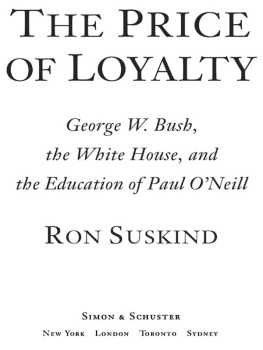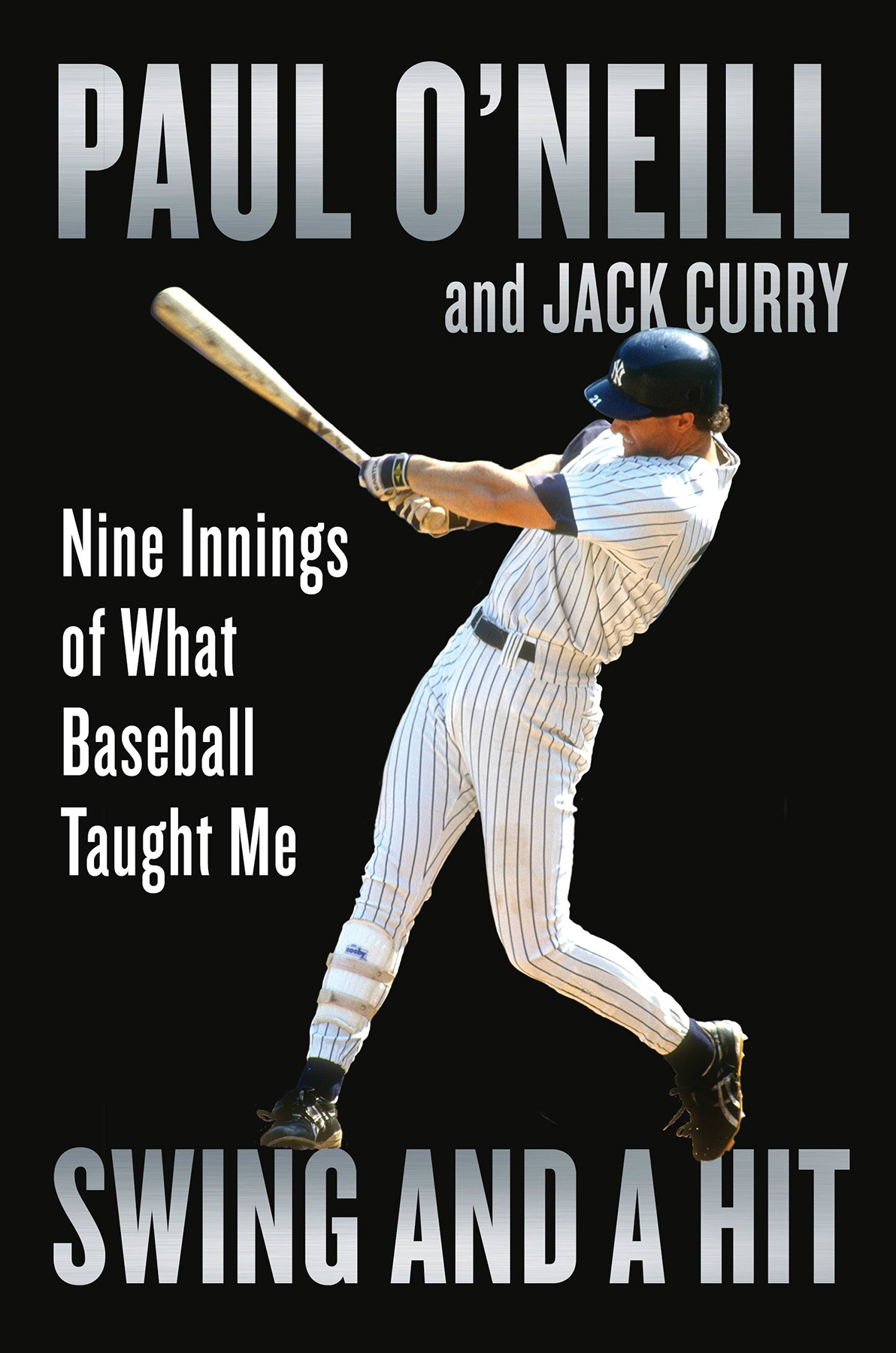
Copyright 2022 by Paul ONeill & Jack Curry
Cover design by Albert Tang
Cover photo Focus on Sport/Getty Images
Cover copyright 2022 by Hachette Book Group, Inc.
Hachette Book Group supports the right to free expression and the value of copyright. The purpose of copyright is to encourage writers and artists to produce the creative works that enrich our culture.
The scanning, uploading, and distribution of this book without permission is a theft of the authors intellectual property. If you would like permission to use material from the book (other than for review purposes), please contact permissions@hbgusa.com. Thank you for your support of the authors rights.
Twelve
Hachette Book Group
1290 Avenue of the Americas, New York, NY 10104
twelvebooks.com
twitter.com/twelvebooks
First Edition: May 2022
Twelve is an imprint of Grand Central Publishing. The Twelve name and logo are trademarks of Hachette Book Group, Inc.
The publisher is not responsible for websites (or their content) that are not owned by the publisher.
The Hachette Speakers Bureau provides a wide range of authors for speaking events. To find out more, go to www.hachettespeakersbureau.com or call (866) 376-6591.
Library of Congress Control Number: 2021952466
ISBNs: 9781538709610 (hardcover), 9781538709634 (ebook)
E3-20220323-JV-NF-ORI
To my family, my friends, and the fans. Thanks for everything.
Paul ONeill
For Rob, a devoted big brother who taught me how to throw a ball and swing a bat and cultivated my lifelong love of baseball. Thanks for always being there.
For Mrs. O, a loving mother-in-law whose abundant baseball knowledge was surpassed only by her endless wisdom and guidance. We all miss you.
Jack Curry
I kept peeking to my left and right in the dugout, almost waiting for a security guard to forcefully grab my arm and tell me it was time to leave. I was wearing a splashy Cincinnati Reds uniform with the number 21 and sitting with the other players, because I was finally one of them. I was part of the team I adored while growing up in Columbus, Ohio, so I was exactly where I always wanted to be. But I felt like an impostor. Did I really belong?
I was eight days into my major-league career, a long-awaited journey that fortunately started with me notching a hit in my first plate appearance. Obviously, that was a monumental relief. But, with such a flimsy big-league rsum, I was still uncertain and I was still hundreds of at bats away from feeling secure.
Everywhere I turned, I saw another famous face that floored me because these were the men I had idolized. I was playing beside the incomparable Pete Rose, the clutch Tony Prez, and the reliable Davey Concepcin, the players from the vaunted Big Red Machine championship teams I had imitated while imagining Game 7s in my backyard. Those guys were my heroes while they were winning World Series titles in 1975 and 1976. Sitting in that Reds dugout, trying to prevent my knees from shaking and my eyes from growing as wide as Frisbees, I still felt like that kid hitting tennis balls with a 28-ounce Louisville Slugger, not an authentic major leaguer. It was so surreal.
I had endless baseball dreams, gigantic baseball dreamsjust like thousands and thousands of other kids in Ohio. My dad, Charles Chick ONeill, was a former minor league pitcher, and he taught me to work harder than everyone else and hit line drives. As he watched me stand tall and whip my bat through the strike zone from the left side, he also told me my swing reminded him of Ted Williamss. Ted Williams? Even as a six-year-old kid, that was a magical name for me to hear. I can still hear him saying that, the kind of unforgettable compliment that a proud father would make and the kind of compliment that I hung on to like a life preserver and used as motivation throughout my career.
My fathers influence was with me for every at bat of my seventeen-year major league career because he was the first prominent and knowledgeable voice I absorbed regarding the art of hitting. For all 2,190 of my hits (including the regular season and postseason), my dad had an impact. He would throw endless rounds of batting practice, he would preach about hitting liners, and he would teach me, coach me, and never lambaste me. After the most depressing of childhood losses in which I went 0 for 4 or made an error and wanted to hide behind a tree, my fathers hopeful attitude always made me excited to jump into the Ford Ranchero with him and get ready for the next ice-cream cone and the next baseball adventure.
From an excitable and energetic boy aggressively swinging a bat, I morphed into a much more emotional hitter, who was stubborn and studious and who had a serious approach to hitting a baseball. My best and most comfortable approach was to swing so that I connected with the top half of the baseball, not the lower half, and not trying to swing under the baseball. As my swing stayed on top of the ball, my bat would level out through the strike zone and I would end up hitting a lot of line drives. At the end of my swing, I would elevate my bat and have a slight uppercut. But I always started my swing on a level plane because that kept my bat in the strike zone longer. Unless I hit a baseball powerfully and squarely, my line drives didnt typically leave the ballpark. But line drives do find the outfield grass, and they do find the outfield gaps, and thats what I was trying to do as a hitter.
These days, theres a legion of prominent and talented hitters who have massive uppercut swings because they want to swing under the baseball to get the ball in the air and blast it over the fence. They are chasing home runs, and I cant blame them for doing that because theyre chasing the biggest and most lucrative prize in the sport. Teams dig the long ball, and home runs are being clubbed in historic numbers. There were 6,776 homers hit in the majors in 2019, an all-time record that obliterated the previous one from 2017 by 11 percent.
The term launch angle, which measures the vertical angle at which a baseball leaves a bat after a player makes contact, didnt exist when I was playing. Neither did exit velocity, which measures the speed (in miles per hour) at which a baseball travels off the bat. Generally speaking, the harder a baseball is hit, the more likely it is to rocket past or around a fielder or over a fence and turn into a base hit. Nowadays, Little Leaguers know the definition of those terms and try to be just like the idols they watch on television. In the Yankees dugout, teammates watch Giancarlo Stantonthe king of exit velocityscorch another ball and they ask, Did he hit that one 120? Of course, that means 120 miles per hour.
There are so many different ways to be a successful hitter because hitting is about feeling comfortable and confident and making sure every aspect of your swing is in sync. From the way you stride forward to the way you rotate your hips to the way you power your bat toward the baseball, every action has to blend seamlessly. That comfort and that confidence will be different for each hitter. While I was never a proponent of criticizing the way any hitter hits or forcing my ideas on any hitter, I will explain why my style worked for me, why I think my style has staying power, and why I think my style can work for others.
As hitters graduate to the highest levels of the sport, they are going to hear different voices flooding their brains with opinions about hitting. Tons of voices. Every day of my professional career, I had conversations about hitting with teammates, coaches, and former players. Some of these conversations were great and helpful. Some of these conversations were trivial and useless. What I learned is that hitters need to determine what is right for them and stay loyal to what makes them comfortable and successful. But that attitude didnt mean that I was resistant to making changes.


